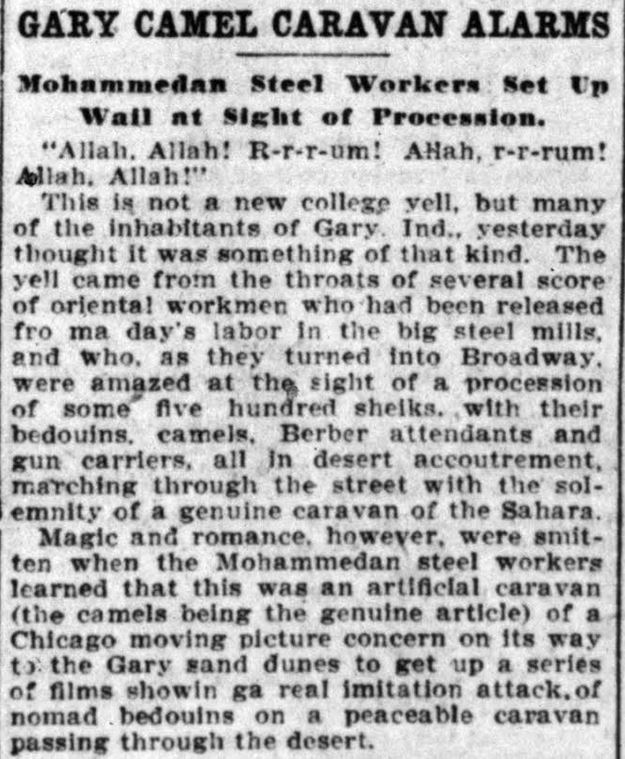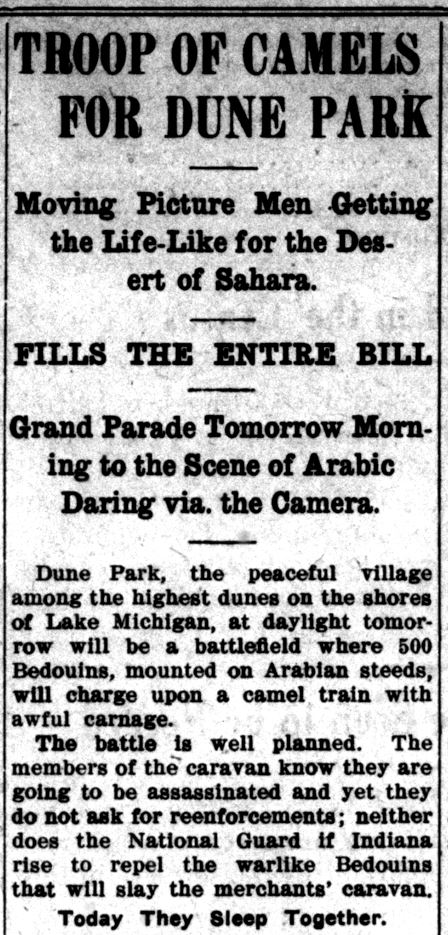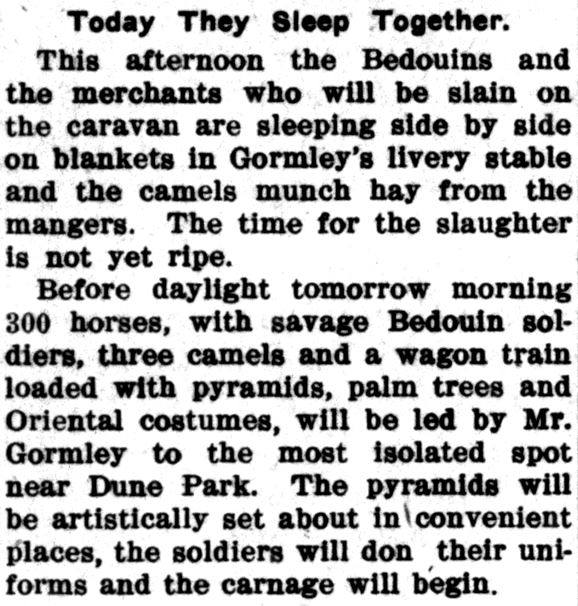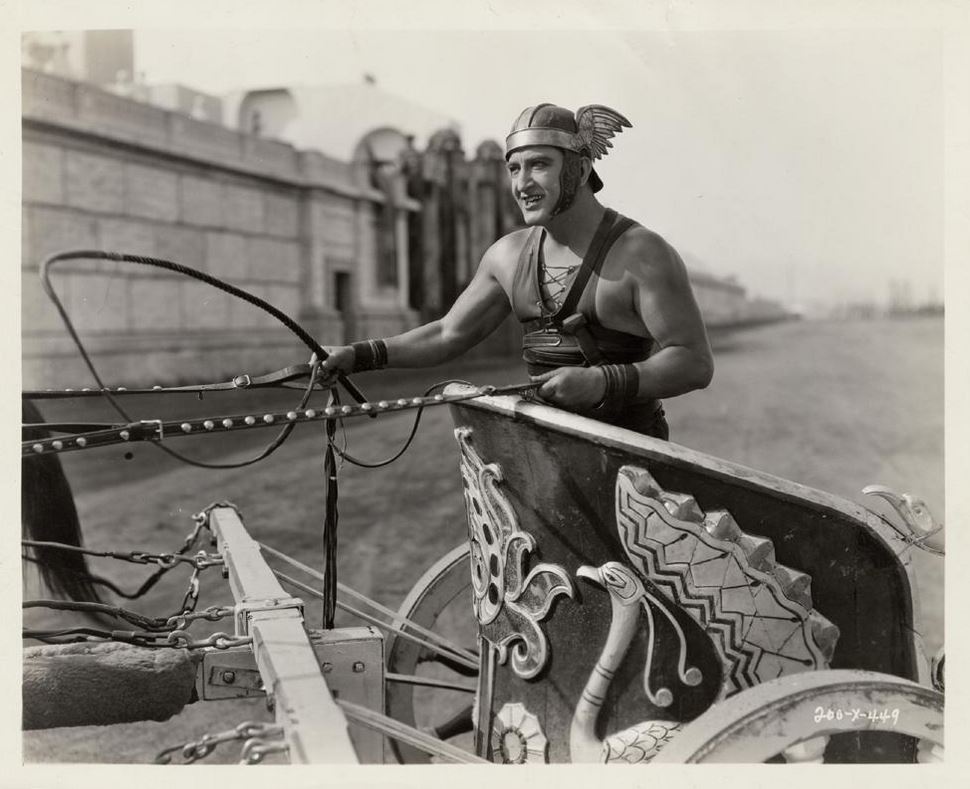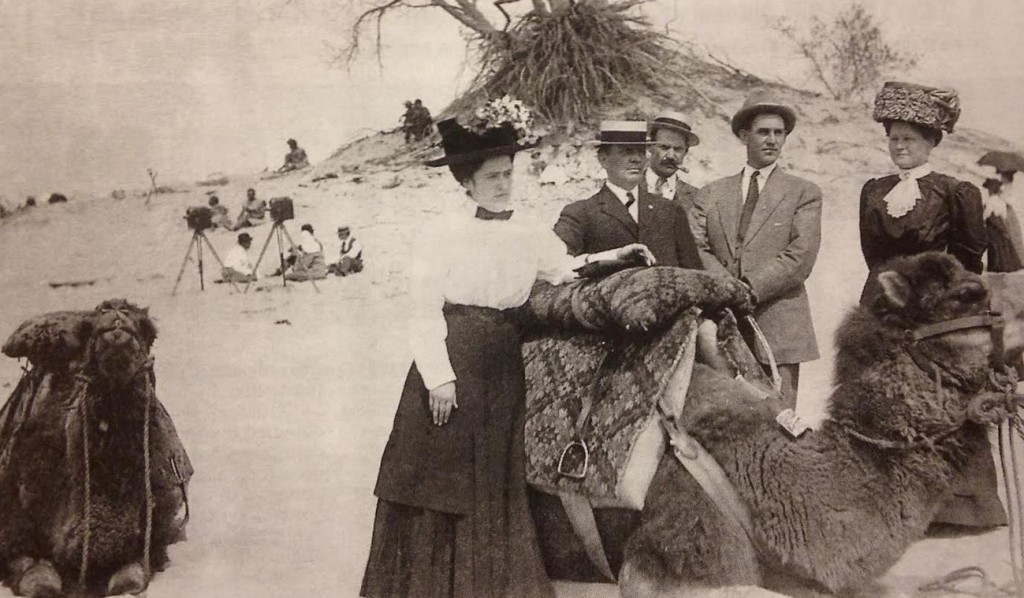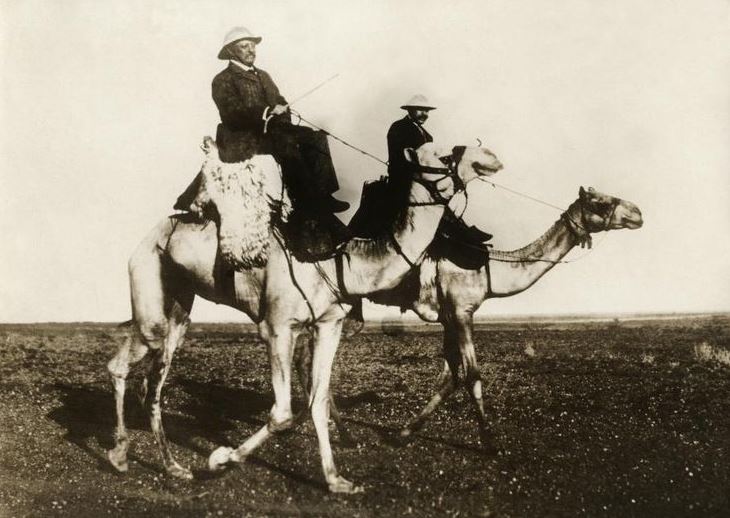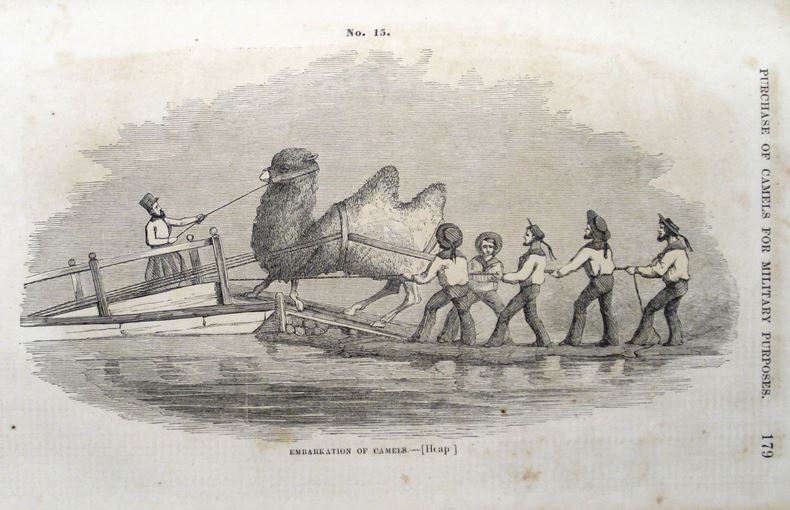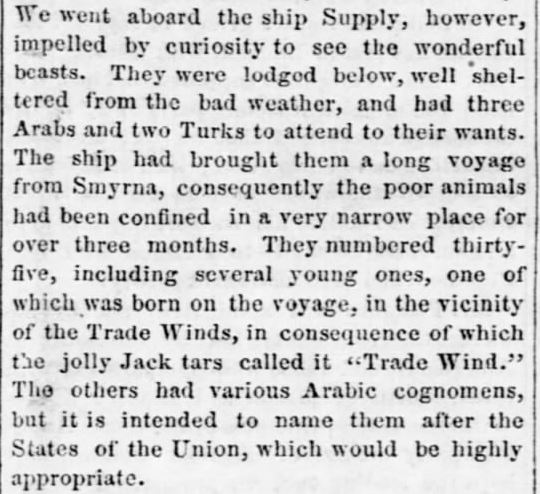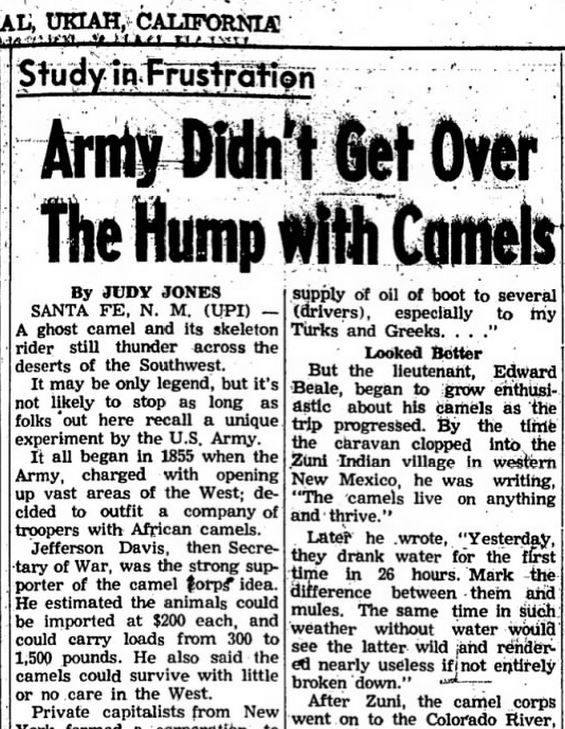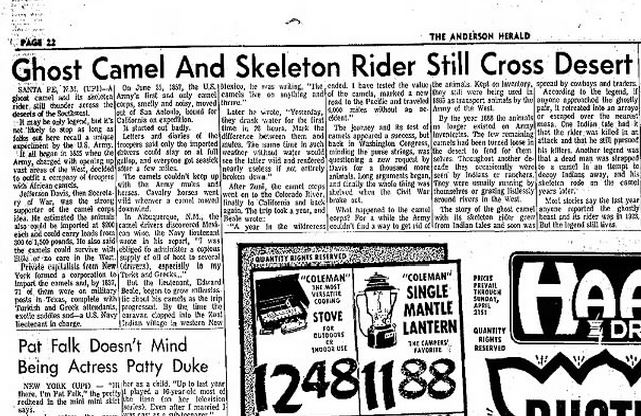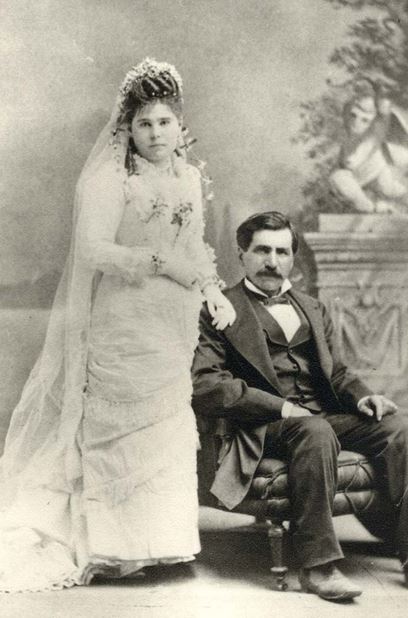For most Americans, the Hoosier poet James Whitcomb Riley is no longer a household name. He’s mostly remembered for “Little Orphant Annie,” an 1885 poem about an Indiana girl who warns children against misbehaving, scaring them with the refrain: “The gobble-uns’ll get you Ef you don’t watch out!”
Riley died a hundred years ago this July. When President Woodrow Wilson got the news at the White House, he is said to have broken down in tears, then sent an express telegram to the poet’s family in Indianapolis. As Riley’s body lay in state at the Indiana Capitol in July 1916, thirty-five thousand people filed past. American children, who adored the old man, were devastated. The press overflowed with eulogies. Novelist Booth Tarkington, another once-famous Hoosier name in American letters, eulogized Riley in the Indiana Daily Times, calling him “the first and foremost distinctively American poet, and at the time of his death . . . the greatest American.” The New York Sun mourned: “The Hoosier Poet blew heart bubbles . . . In his verses Indiana spoke to the world.” And the Philadelphia Inquirer noted: “There is no doubt that he was the most popular poet of this generation in America… If there is a child today that is not regaled with ‘Orphant Annie’ that child is to be pitied.”

Though Riley was mostly known for his folksy childhood lyrics, he was also a civic-minded poet, fierce in his defense of the downtrodden.
In 1898, during one of those periodic battles over immigration that heat up American politics, the “Poet of Childhood” grappled with anti-Irish prejudice — though it wasn’t personally directed against him. Riley, whose own grandparents came from Ireland to Pennsylvania before moving to the Midwest, defended the valor and patriotism of the “Sons of Erin” who fought in the Civil War and Mexican War. In so doing, he took aim at the religious and ethnic hostility of nativist groups like the American Protective Association, a cousin of the Ku Klux Klan.
The Irish, especially Irish Catholics, were frequently misunderstood and feared as disruptors of society. Long before the Civil War, American nativists like the Know-Nothings had been actively exploiting fears about the Irish and “Rome,” alien forces ready to undermine American democracy and Anglo-Saxon values. Though some of those fears may sound downright bizarre today, Irish immigrants were often mired in poverty, violence and alcoholism, facts that scared their neighbors. While the brutal living conditions of many Irish were no myth, catastrophic events like the Irish Potato Famine of the 1840s were partly to blame. With their situation made worse by the greed of landowners and brutal utilitarian social theories, many of Ireland’s sons and daughters were reduced to sub-human conditions. Millions went overseas or found themselves driven into the arms of death.
The Irish had been targeted by some of the worst 19th-century science and philosophy. Racialized by other whites during the early days of Darwinism, the “native” Irish in particular were type-cast as little better than apes, doomed by biology itself to crime, degradation and — some theorists hoped — gradual extinction. One famous drawing compares the “Anglo-Saxon” features of English nurse Florence Nightingale to the ape-like face of “Bridget McBruiser” across the Irish Channel.
That drawing, however, was an American drawing, published in Samuel R. Wells’ New Physiognomy (New York, 1866). Wells was one of the foremost American phrenologists of his time, studying “character” as he imagined it to be written on the human face and skull. It took decades for the science of head bumps and nose shapes to be debunked as nonsense, but the fallout proved catastrophic for many immigrants.

Bad science and hyper-patriotic conspiracy theories were the target of one of James Whitcomb Riley’s lesser-known poems, “Brother Jonathan Lectures His Adopted.” That poem appeared in Songs of Two Peoples, an 1898 collection set partly in New England, partly in Ireland.
Originally written in broad New England dialect, “Brother Jonathan” recounts the anti-Catholic ravings of a recent Northern Irish immigrant voting for “the fust time” at a small-town polling booth in America. Jonathan showed himself an eager campaigner against foreign influence, “tearin’ up an’ deown’ on platforms,” lashing out at Rome’s priests who “eat heretics at feasts” — dark tales from European history carried by folklore and immigrant ships into American election booths well into the 1960s and even beyond. Catholics, Jonathan warns, were gearing up to crush the American public school system and democracy. He gets a stinging rebuke from the embodiment of Uncle Sam, “His Adopted.”

Though Riley’s poem is set just after the Civil War, it spoke to the issues of 1898, when America’s generously open door did bring many problems. Yet the looming figure of “Brother Jonathan” was still fresh decades later when George R. Dale, the brave editor of the Muncie Post-Democrat, reprinted it as part of his long battle against the powerful Hoosier Klan.
In 1924, Dale found Riley’s poem as apt as ever. Dale was at the start of a practically one-man battle against the KKK in his town, using humor to transform the Muncie Post-Democrat into a rollicking 1920s version of The Onion. Though Dale faced routine death threats and assaults from Klansmen, the Muncie editor bravely tore into chauvinism at a time when the Klan was as much against new waves of Eastern and Southern European immigration as it was opposed to African Americans coming up from the South. Dale slightly abbreviated Riley’s poem — missing the fact that Brother Jonathan was an immigrant himself and had brought Old World animosities across the Atlantic, a prelude to the Irish “Troubles.”
 (Muncie Post-Democrat, April 25, 1924. Hoosier State Chronicles. The A.P.A. was the American Protective Association, an anti-immigrant, anti-Catholic secret society founded in Iowa in 1887. It had a membership of over two million in the 1890s and was a forerunner of the Second Klan. A.P.A.-affiliated newspapers like The Menace and The Yellow Jacket landed on millions of American doorsteps.)
(Muncie Post-Democrat, April 25, 1924. Hoosier State Chronicles. The A.P.A. was the American Protective Association, an anti-immigrant, anti-Catholic secret society founded in Iowa in 1887. It had a membership of over two million in the 1890s and was a forerunner of the Second Klan. A.P.A.-affiliated newspapers like The Menace and The Yellow Jacket landed on millions of American doorsteps.)
Though many Irish immigrants were racists themselves, stirring up some of the worst race riots of the 1800s, George Dale found an ally in both history and the Catholic Church. Virtually every issue of Grand Dragon D.C. Stephenson’s Klan paper The Fiery Cross contained attacks on the church, sharpest during the Indiana gubernatorial election of 1924, the year Dale reprinted “Brother Jonathan” in Muncie. It’s not surprising that, since they were long targeted by nativists, Catholics became a major force in undermining the Klan and helped hobble half-baked social and medical theories like eugenics. (The barely-concealed “science” of white supremacy, eugenics had deep roots in Indiana.)
While Riley was of Irish descent, he wasn’t Catholic himself — in fact he wasn’t much of a church-goer at all. Yet Riley knew plenty of immigrants: they were his neighbors in Lockerbie, an Indianapolis neighborhood first called “Germantown” and settled partly by refugees from Europe’s 1848 revolutions.
But even Riley’s support had a dark irony in it. A frequent visitor at his house in Lockerbie was Indiana Socialist leader Eugene V. Debs. The son of French immigrants, Debs was a champion of the working class but often hostile to the new wave of immigration, which he thought undermined American labor and played into the hands of big business. Debs may have been right about the effect of cheap labor on the American workers’ movement, but history repeated itself in a sad way when even the great Socialist leader made disparaging remarks in 1891 about Chinese and “Dagos” (Italians). They “fatten on garbage,” Debs said, live “more like a savage or a wild beast,” and “are able to underbid an American workingman.” It took years for Debs to temper those views, as even the Socialist Party succumbed to nativism and fear of the “degraded foreigner.”



